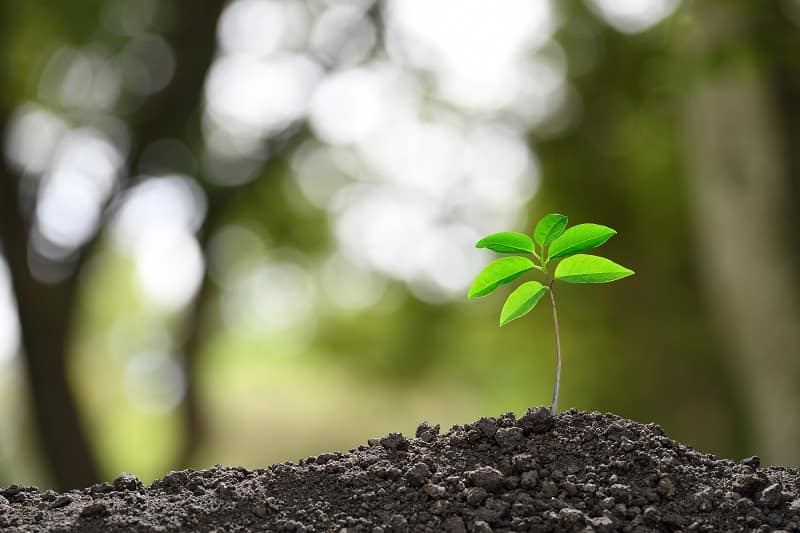
Your newly planted trees need constant and regular watering to grow healthily and for their root systems to establish. It takes more or less two years for newly planted trees to establish themselves. An indication that they are established is when the root spread is equivalent to the spread of the above-ground canopy. Newly planted trees are also prone to infections and conditions that cause yellowing leaves.
Newly planted trees’ leaves turning yellow: What are the reasons?
It could be due to transplant shock
Yellowing of leaves on newly planted trees could be attributed to transplant shock. This is a normal occurrence as the young trees are enduring a stressful event. They are undergoing an adjustment period, which is why the leaves tend to turn yellow and may look wilted.
If your trees are experiencing transplant shock:
- Avoid overwatering or underwatering the newly-planted trees.
- Practice the “wait and see” approach.
- Check the newly-planted trees daily for other signs of distress.
Transplant shock typically does not last long. It will take just a few weeks for newly planted trees to become adjusted to their new environment. Once they do, they will begin to recover and regain the natural color and health of their leaves and stems.
It could be due to overwatering
Newly planted trees are very sensitive since they are still adjusting and establishing their root systems. These trees need to be watered consistently, but if you water them too much, they may lose the ability to absorb the nutrients they need. When too much moisture reaches the cells at the edges of the leaves, these cells can fill until they burst, resulting in crusty brown tips on the leaves’ edges.
To ensure that you are not overwatering your trees:
- Always take rainfall into account.
- Avoid saturating the ground every time you water the trees.
- If the situation is getting worse, hold back on watering for a few weeks and see if there are positive changes to the leaves.
It could be due to soil conditions
Newly planted trees may not adjust well to their new environment if they are not used to the soil. Transplant shock can be worsened by soil conditions. Soil that is too soggy hinders the absorption of oxygen into the roots, resulting in stunted root growth and root system failure. Soil conditions may also be affected by factors like over-tilling, bad fertilizers, overwatering, and too much heat.
To fix the issue, make sure that the soil is healthy enough to grow your trees. Fertilizers may be a great help in providing the required nutrients. You should also keep in mind that correct pH levels are essential.
It could be due to diseases
Newly planted trees turning yellow may be attributed to a disease or infestation which may already have been present when you purchased the plants. While all newly planted trees go through an adjustment period in their new environment, underlying problems such as yellowing leaves may have been there when you bought the trees from the nursery or tree center. If this is the case, you may have unknowingly introduced a disease or pest into your garden. Treat the problem at once so that it does not spread to your other plants.
Here are some measures you can take to avoid this issue:
- Make sure the trees come from reputable suppliers.
- Check that your garden is safe before planting the new trees.
- Look for common symptoms to ascertain the correct treatment.
Why are my newly-planted tree leaves turning brown?
Newly planted tree leaves turn brown due to over-exposure to sunlight, also known as leaf scorch. The problem may become worse due to lack of water, too much fertilizer, or damage to roots. All of these can stress the tree and make it more vulnerable to the sun’s rays.
Conclusion
The yellowing of leaves on newly planted trees can be attributed to various factors. It could be due to transplant shock, overwatering or existing soil conditions, or diseases or pests that may have been present when you bought the trees from a nursery or tree center.
Image: istockphoto.com / amenic181